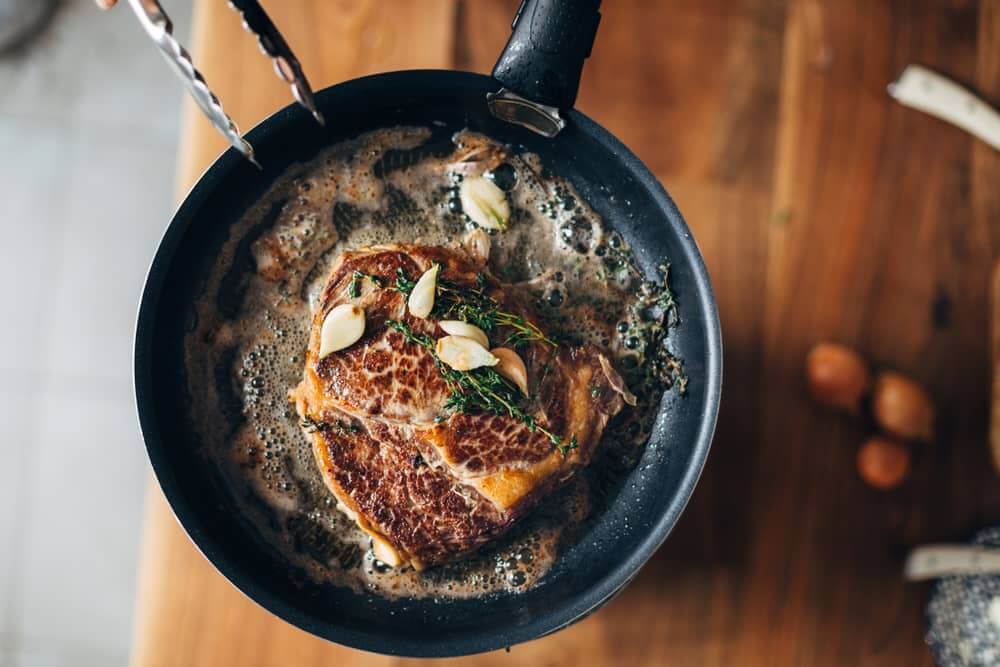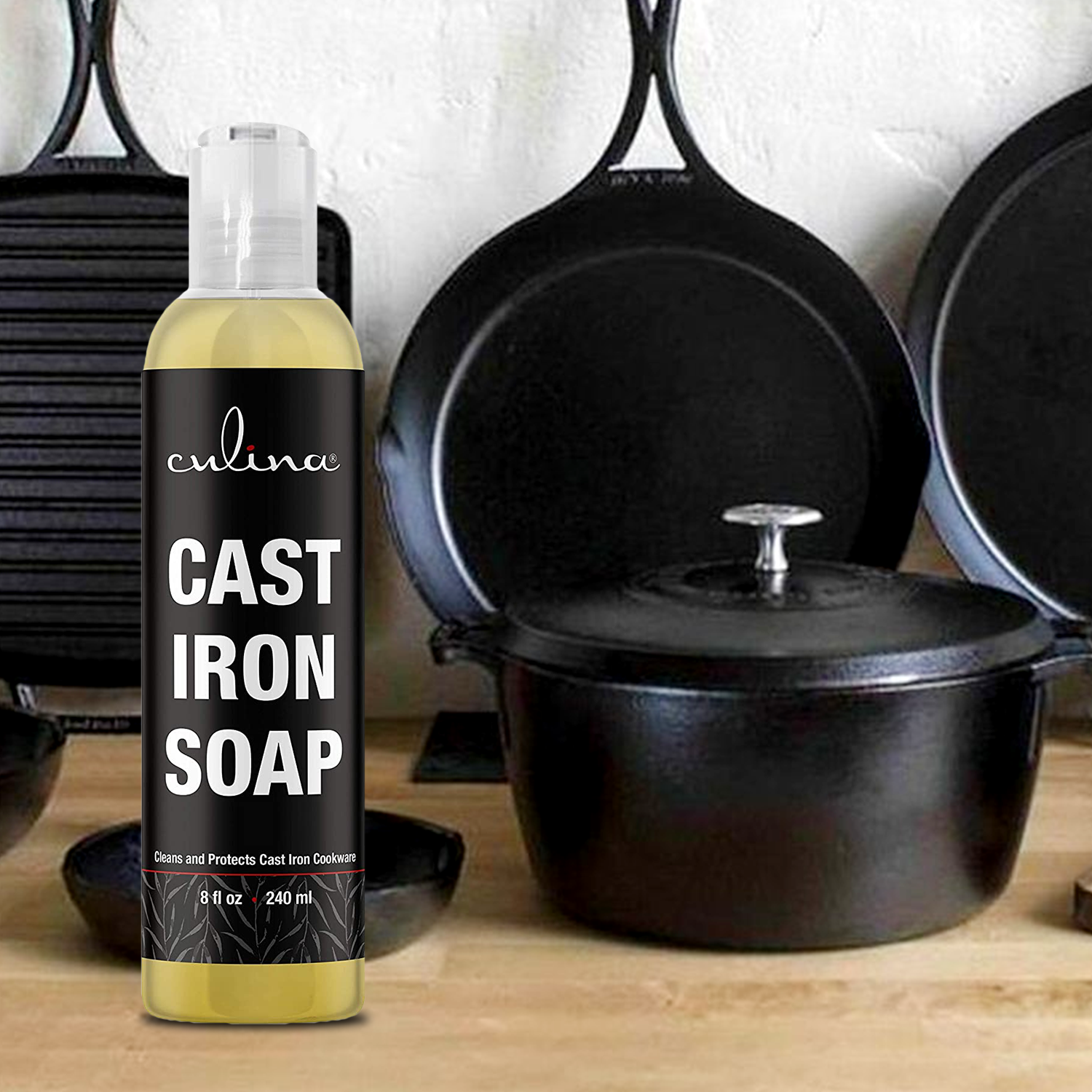Cast iron skillet vs pan has been a topic of debate among kitchen enthusiasts everywhere. Both are essential in any cook’s arsenal, but understanding the differences and benefits can help you make the best choice.

What is a Cast Iron Skillet?
A cast iron skillet is a durable pan that offers excellent heat retention and versatility. Its notable features include even cooking and the ability to move from stovetop to oven effortlessly.
Benefits of Using a Cast Iron Skillet
- Heat retention: Exceptional for maintaining consistent cooking temperatures.
- Durability: Known for a long lifespan if maintained properly.
- Versatility: Suitable for a wide range of cooking techniques.

What is a Regular Pan?
Regular pans, typically made of stainless steel or aluminum, are common in kitchens worldwide. These pans are beloved for their convenience and non-stick properties.
Benefits of Using a Regular Pan
- Lightweight: Easier to handle compared to cast iron.
- Non-stick surfaces: Helpful for quick clean-up and cooking delicate foods.
- Affordability: Often more budget-friendly than cast iron options.

Comparison: Cast Iron Skillet vs Pan
Heat Distribution
Cast iron skillets offering superior heat retention, making them ideal for searing and slow-cooking. On the other hand, regular pans heat up quickly but may have hot spots.
Maintenance
Maintaining a cast iron skillet involves seasoning and specific cleaning methods. Regular pans, especially non-stick versions, are easier to clean but less durable over time.
Cooking Versatility
With a cast iron skillet, you can bake, fry, saut, and even grill. Regular pans also offer versatility but may not perform well in high-heat applications.
Factors to Consider When Choosing
Cost
Cast iron skillets often come with a higher price tag due to their durability. Regular pans are usually more affordable, making them a budget-friendly choice.
Weight
Cast iron is significantly heavier than most regular pans, which may be a concern for some users. Consider the weight and how it will affect your cooking experience.
Cooking Needs
Are you planning to do a lot of high-heat cooking like searing steaks? Then a cast iron skillet may be more suited for you. For daily tasks like making eggs or pancakes, a regular pan might suffice.
Durability
Cast iron is known for its longevity and can be passed down through generations. Regular pans, especially non-stick ones, have a shorter lifespan and may need replacement more frequently.
Conclusion: Making the Right Choice
Both cast iron skillets and regular pans have their place in the kitchen. Understanding their differences is key to selecting the right tool for your needs. Evaluate the factors we’ve discussed and choose accordingly to ensure delightful cooking experiences.
Internal Links
External Links
FAQ
1. How often should I season my cast iron skillet?
Seasoning your cast iron skillet every few months depending on usage is ideal. Regular maintenance ensures optimal performance and longevity.
2. Can you use metal utensils on a cast iron skillet?
Yes, metal utensils can be used on cast iron skillets. They are durable enough to handle metal without damage.
3. Are regular pans oven-safe?
It depends on the material. Many stainless steel and aluminum pans are oven-safe but always check the manufacturers guidelines to be sure.
As an Amazon Associate, I earn from qualifying purchases.
